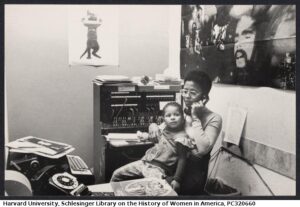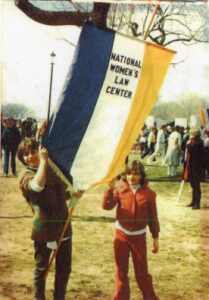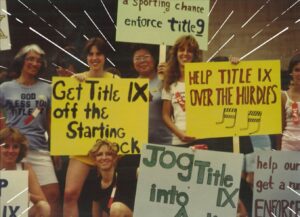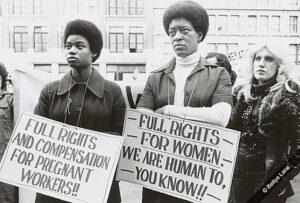Abortion rights, women of color, and LGBTQIA+ people are under attack. Pledge to join us in fighting for gender justice.

The National Women’s Law Center (NWLC) welcomes you to a quick trip through history with a snapshot of how we’ve been turning anger into action for 50 years.
Since 1972, NWLC has given a voice to women’s rage—turning hurried whispers into desperate shouts, and finally, into a rallying cry for justice and change. Our leadership has fueled a vision—and solutions—for laws, policies, and a societal culture that center gender justice values.
Explore timeline
-
1972
The Center is established as a project of the Center for Law and Social Policy to secure and advance legal rights and protections for women in the courts, in Congress and in the states.
-
1973
After Roe v. Wade, reproductive rights become a cornerstone of our organization.
-
1979
The Supreme Court adopts the Center’s friend-of-the-court arguments in Califano v. Westcott, establishing that AFDC must be available for two-parent families with unemployed mothers, not just those with unemployed fathers.






